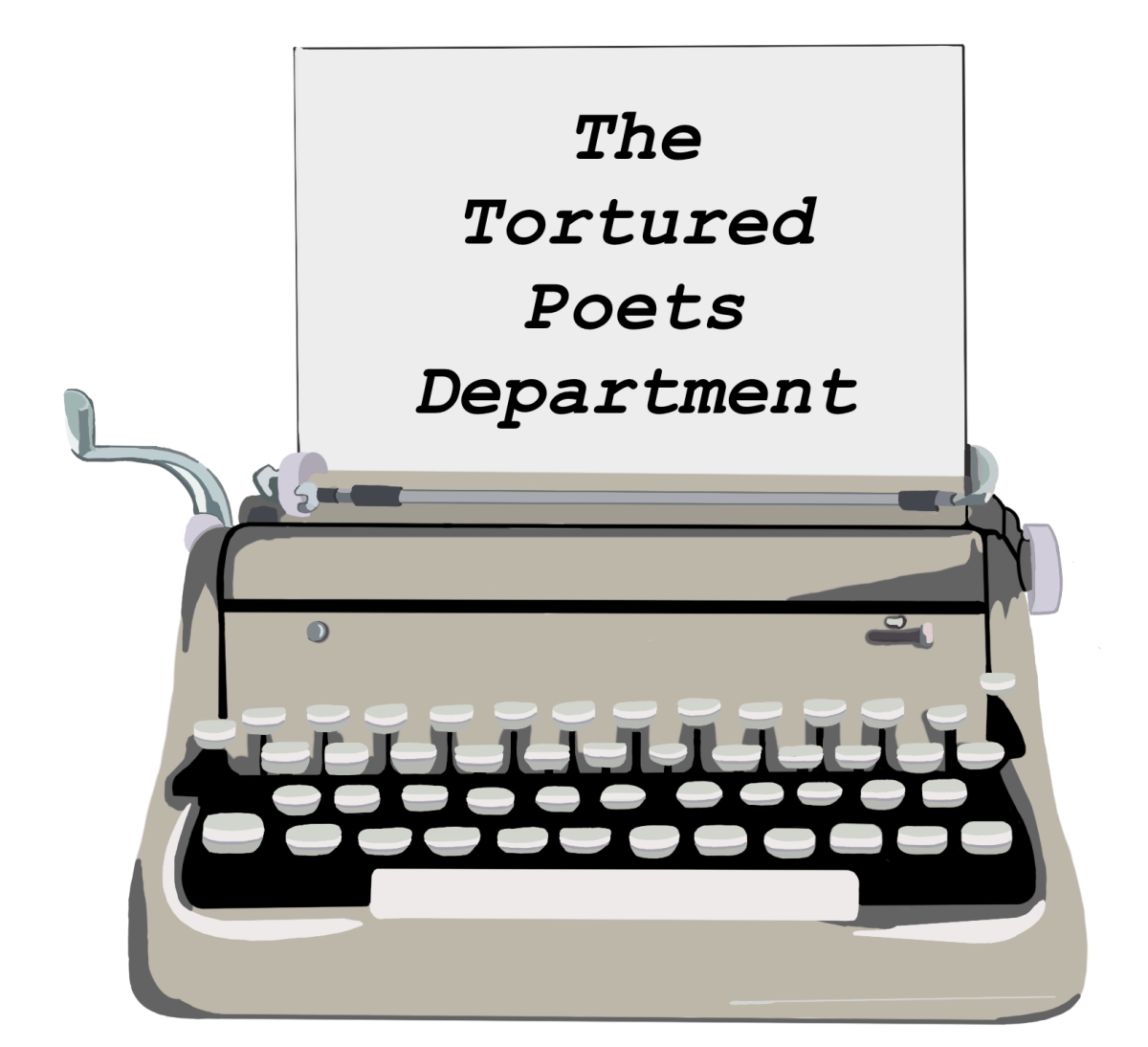Like most women writers in the 1950s, Shirley Jackson was shoved under the literary rug for most of her lifetime. Since then, her shorter fiction has gained traction in the standard English studies curriculum. Although most of her short fiction and novels remain unread and unstudied by the masses, new editions of her work have been published in the last few years. Throughout her writing career, she wrote six novels and more than two hundred short stories. Mother of the American gothic, Jackson’s fiction fixates on horror and mystery.
Often considered the inception of the haunted house story, Jackson’s 1959 novel, “The Haunting of Hill House,” is damp with horror and vague paranormal happenings. Jackson manages to riddle the reader with fear and anxiety without explicitly identifying the sources of terror. She relies heavily on the humanistic aspects of paranormal activity and capitalizes on the feelings that the haunting induces, rather than the haunted events themselves. Jackson writes in third-person omniscient to tell the story of Hill House and the four people who briefly reside within its rotting walls. It is written in gothic tradition but only in its sensibilities, and it lacks the overwritten drama associated with most horror novels spawned from Jackson’s influence.
The hauntings orbit Jackson’s protagonist, Eleanor Vance, who “could not remember ever being truly happy in her adult life.” Jackson introduces Eleanor with a lack of mood associated with her duty as protagonist. Eleanor is reserved and appears to be missing a stable emotional position within the world. The storyline focuses on Eleanor’s insanity and her descent into complete madness throughout the novel. She lies about her age and repeats the same few lines from Shakespeare’s “The Twelfth Night, or What You Will.” Eleanor often finds herself in trances of reassurance, focusing on her individuality or what she calls, “a complete and separate thing…individually an I, possessed attributes belonging only to me.” As Eleanor burgeons into a new individuality, she quickly loses it as her and the house oscillate between identities and consciousness.
Jackson’s opening paragraph sets the tone for the rest of the novel. It serves as a warning to the reader, by putting forth all that Hill House is, including its existence as “not sane.” In the first sentence, the paragraph foreshadows Eleanor’s inability to “exist sanely under conditions of absolute reality.” Despite the use of foreshadowing, Jackson leaves much to question, even upon reaching the end of the novel. The paragraph consists of three clauses, each one ending with a semicolon. It is widely regarded as the greatest opening paragraph in literature.
The novel ends with the beginning; the opening and ending paragraphs are nearly identical. Jackson leaves the reader to question this: Was the haunting brought to Hill House, or had it been there all along?












